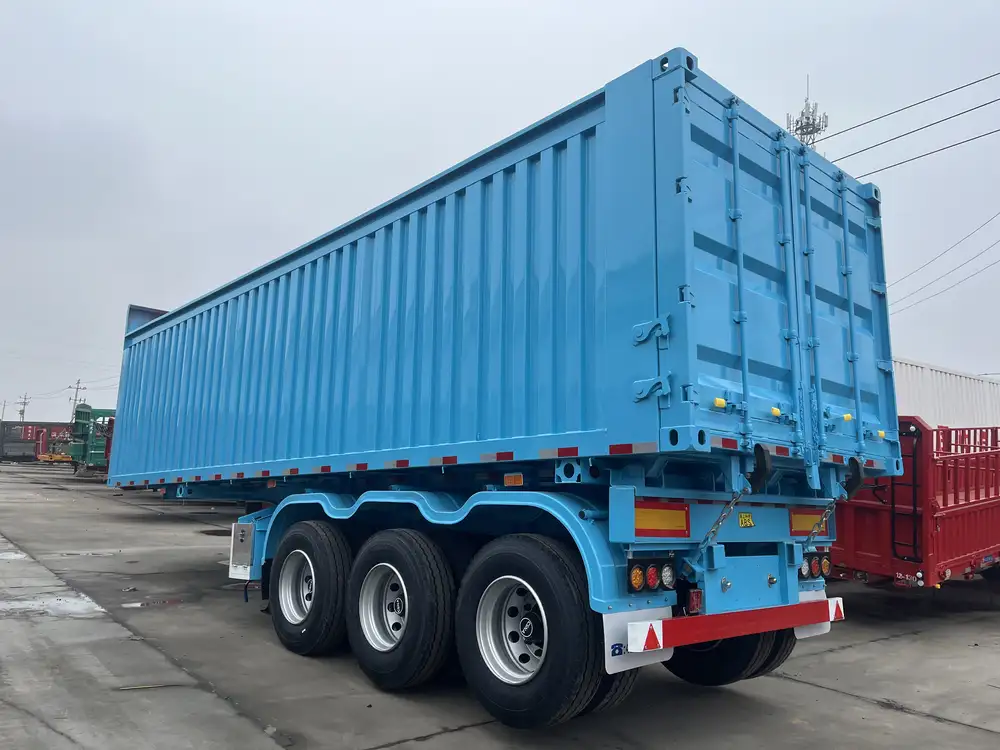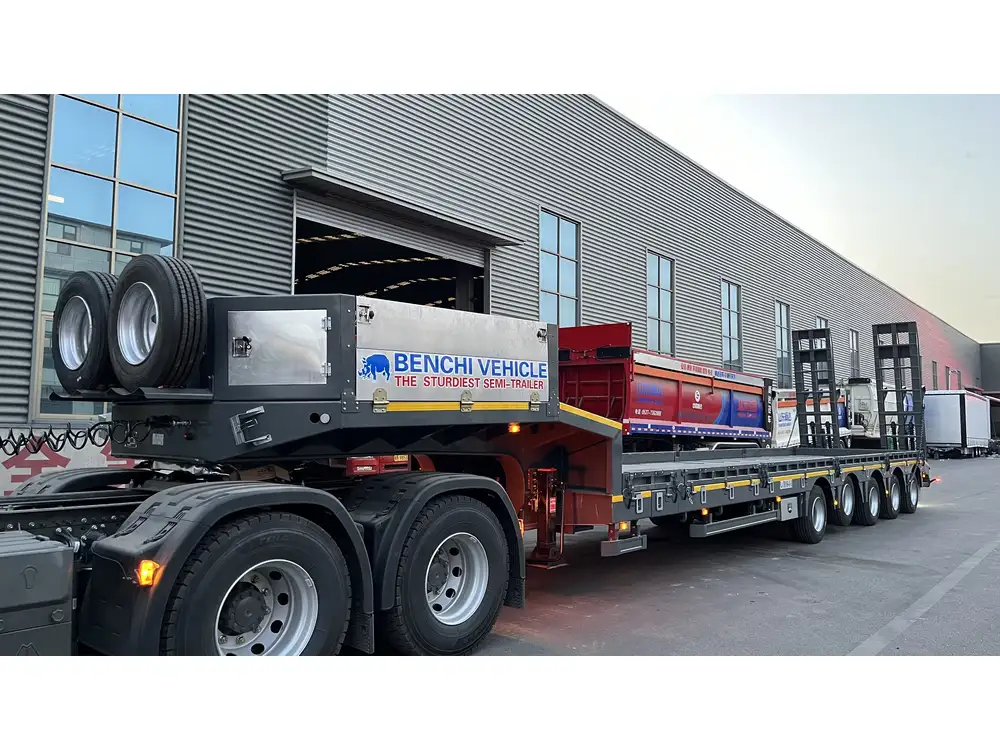Transporting gases, especially nitrogen, under pressure is a critical process in many industries, including agriculture, food production, and chemical processing. Tanker tractor trailers designed for this purpose must adhere to strict safety standards and operational guidelines. In this comprehensive guide, we will analyze the function, design, and operational considerations surrounding tanker tractor trailers that carry nitrogen under pressure.
Understanding Nitrogen Transport
Characterizing Nitrogen
Nitrogen is a colorless, odorless, and inert gas, constituting approximately 78% of the Earth’s atmosphere. Using nitrogen in industrial applications often requires it to be transported in bulk, sometimes at high pressures. This carries unique challenges and necessitates specific transport equipment.

Importance of Pressurized Transport
Transporting nitrogen under pressure enhances storage efficiency and safety. Pressurized nitrogen is used for various applications, including:
- Agricultural Fertilizers: Enhancing soil nutrients.
- Food Processing: Preserving food quality.
- Chemical Manufacturing: Serving as an inert atmosphere for reactions.
As the demand for nitrogen transference grows, understanding the suitable transport methods becomes imperative.
The Design of Tanker Tractor Trailers for Nitrogen
Key Components of a Nitrogen Tanker Trailer
Tank Structure:
- Material: Typically constructed from aluminum or stainless steel for strength and corrosion resistance.
- Insulation: Some models incorporate insulating materials to maintain constant internal temperatures.
Pressure Regulation System:
- Valves: Essential for controlling the pressure of nitrogen within the vessel. Safety relief valves release excess pressure.
- Pressure Gauges: These devices continuously monitor internal pressure, providing real-time data to the driver.
Loading and Unloading System:
- Techniques vary, but often pneumatic systems are employed to efficiently transfer nitrogen.
Safety Features:
- Emergency Shut-off Valves: In case of leak detection.
- Reflective Markings: Ensuring visibility in low-light conditions.

Tanker Capacity and Configuration
Tanker size varies significantly based on the application. Most nitrogen tanker trailers range in capacity from 4,000 to 10,000 gallons. The choice of size often depends on factors such as:
- Routes and Accessibility: Road conditions can dictate the appropriate tank size.
- Demand forecasts: Anticipated nitrogen use can influence the capacity needed.
Trailer Types
Flatbed Trailers: Ideal for lightweight transportation where nitrogen can be stored in smaller containers.
Tank Trailers: Specifically designed for liquids and gases, ensuring robust support for pressurized loads.
| Trailer Type | Advantages | Disadvantages |
|---|---|---|
| Flatbed Trailers | Versatile usage; lighter loads | Not always suitable for high-pressure gases |
| Tank Trailers | Secure pressure maintenance; tailored design | Heavier; require specific handling methods |
Operational Considerations

Safety Protocols for Transporting Nitrogen
- Training: All personnel must be trained in handling pressurized gases, recognizing hazards, and implementing emergency procedures.
- Inspection Routines: Regular checks for structural integrity and functional components ensure ongoing transportation safety.
- PPE (Personal Protective Equipment): Essential for drivers and personnel; includes gloves, goggles, and masks.
Regulations and Standards
Various organizations govern the safe transport of hazardous materials, including nitrogen, such as:
- Department of Transportation (DOT): Enforces regulations regarding the transport of hazardous materials.
- Occupational Safety and Health Administration (OSHA): Sets safety standards to protect workers involved in the transport process.
The Role of Technology
Advancements in technology have enhanced the operational capabilities of tanker trailers. Considerations include:
- Telematics: Real-time monitoring of tank pressure, temperature, and location improves operational efficiency.
- GPS Routing: Smart navigation systems help avoid hazards and optimize fuel consumption.

Troubleshooting Common Issues
Understanding potential failures in nitrogen transportation and knowing how to address them is critical for maintaining operational efficiency.
Leaks
Symptoms: Sudden pressure drops, atypical sounds, or visible vapor.
Action Steps:
- Conduct an immediate inspection of all valves and fittings.
- Utilize leak detection fluids to pinpoint the source.
- Activate emergency protocols to contain the leak.
Pressure Fluctuations
Symptoms: Inconsistent pressure readings or audible pressure-related sounds.
Action Steps:
- Assess the pressure regulation system for malfunctions.
- Check the integrity of the tank for distortions or damage.
- Seek professional maintenance if needed.

Conclusion: The Future of Tanker Tractor Trailers for Nitrogen Transport
As industries evolve, the demand for effective and efficient nitrogen transportation solutions will continue to solidify the importance of high-quality tanker tractor trailers. By investing in the latest design and safety features, operators can ensure compliance with safety standards while meeting the needs of various applications. The combination of innovative technology, robust designs, and stringent safety protocols will play a pivotal role in shaping the future of nitrogen logistics.
While transporting nitrogen under pressure is gravely significant across diverse industries, operators’ understanding of equipment requirements, regulations, and best practices will determine the success of these operations. The tireless development in this sector not only enhances business efficiency but also contributes to the safe and sustainable practices necessary for future growth.
By emphasizing safety, efficiency, and cutting-edge technology in the design and operation of tanker tractor trailers, we nurture an environment that ensures seamless nitrogen transportation while addressing the needs of industry stakeholders. As we look forward, aligning our practices with sustainable logistics will ensure both safety and operational excellence.



